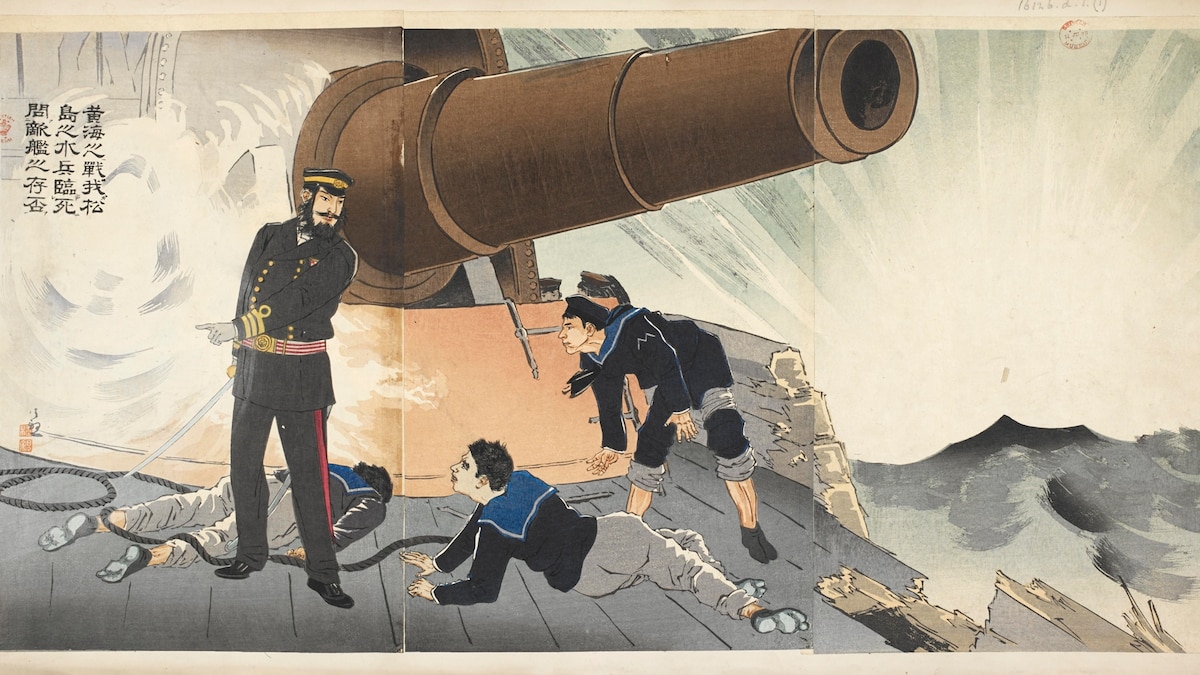
Vitamin C for a cold? A good dose of Vitamin D on a sunny day? We all know that vitamins are critical for our health, but how did they get their names and, more importantly, when were they discovered in the first place?
Before vitamins
Though humans have always understood there’s a connection between diet and health, it took thousands of years for modern nutrition research—bolstered by advances in chemistry, physics, and biology—to emerge. Early nutrition experiments focused on the element nitrogen, first discovered in 1772, and whether its presence or absence in foods caused animals or humans to be healthy or sick.
Then in 1839, Dutch chemist Gerardus Mulder proposed the existence of a molecule he called protein, an “animal substance” he thought necessary for human nutrition. For decades, historian Kenneth Carpenter writes, protein was considered the sole nutrient for human health despite emerging knowledge that fruits, vegetables, and milk eased conditions like scurvy and rickets. While these afflictions were common among those with limited diets, researchers still blamed other factors, like infections, tainted food, or even sea air.
Diet deficiencies
Meanwhile, sailors on long voyages had long been suffering from another ailment: beriberi, which can cause heart failure and a loss of sensation in the legs and feet.
Japanese naval physician Kanehiro Takaki had a theory: In the 1880s, he noticed that poor civilians were likelier than their richer counterparts to develop beriberi, and suspected their diets, and a lack of protein, may play a role.
Meanwhile, Dutch army doctor Christian Eijkman had developed his own theory about beriberi after experiments with chickens. Chickens who ate the white rice common on Japanese naval vessels had similar symptoms. On the other hand, poultry who dined on brown rice provided by a cook who refused “to give ‘military rice’ to civilian chickens,” stayed healthy.
Eijkman pursued that line of research, discovering that prison populations fed white rice were also afflicted with beriberi. Was the white table staple part of the problem?
‘Vitamines’ for health
Polish chemist Casimir Funk zeroed in the hull and bran polished off processed rice, and began his own experiments with pigeons in early 20th century: Pigeons fed only white rice became ill, but improved when fed rice bran and yeast. The discovery confirmed Takaki’s theory that diet and beriberi were linked, but the culprit wasn’t a lack of protein. It was a lack of another substance, Funk theorized in 1912: a nitrogen-containing compound he called a “vitamine,” combining the Latin word for “life” with “amine,” a name for a compound that contains nitrogen.
The discovery of vitamins sent a shockwave through the scientific community, suggesting that diseases might be caused by nutritional deficiencies—and cured by adequate amounts of the newly discovered compounds. “A monotonous diet ought to be avoided,” Funk declared.
Researchers rushed to isolate other micronutrients associated with diseases like rickets, scurvy, goiters, and more. Around the time Funk coined the term “vitamine,” American nutrition scientist Elmer McCullum conducted a variety of feed experiments with different animal populations and discovered that an “accessory” substance contained in some fats was essential to rat growth. That fat-soluble substance became known as Vitamin “A” for “accessory.”
McCollum and others also conducted further experiments with Funk’s rice-bran-derived nutrient, naming it Vitamin “B” after beriberi. Eventually, it turned out that the substance known as Vitamin B was a complex of eight water-soluble vitamins, which were each given individual names like thiamine and numbered in order of discovery.
The “e” used in Funk’s new term was eventually dropped after scientists recognized that not all the compounds were nitrogen-containing amines. But the custom of naming vitamins alphabetically in order of discovery continued. Today, four fat-soluble vitamins (A, D, E, and K) and nine water-soluble vitamins (Vitamin C and the eight B vitamins—B1 [thiamin], B2 [riboflavin], B3 [niacin], B5 [pantothenic acid], B6 [pyridoxine], B7 [biotin], B9 [folate], and B12 [cobalamin]—are considered essential to human growth and health.
Vitamin…F?
Only one vitamin bucked the oh-so-logical naming system: Vitamin K, discovered by Danish researcher Carl Peter Henrik Dam in 1929. The substance should have been in line to be called Vitamin F given its discovery date. But Dam’s research revealed that the vitamin is essential for blood coagulation—known as Koagulation in the German journal that published his research—and his abbreviation for the vitamin somehow stuck.
It’s been decades since the last essential vitamin—Vitamin B12—was discovered in 1948. Since then, researchers have focused on the substances’ health benefits, learning more about the links between vitamin deficiencies and disease and using them to treat conditions like pellagra and anemia. However, it now appears unlikely that scientists will ever discover a new essential vitamin.
But even if there’s no Vitamin F or G in our future, that doesn’t mean nutritional discovery has halted. In fact, nutrition research is more advanced than ever before, allowing scientists to delve into the secrets of even tiny traces of micronutrients that affect human health. If the golden age of vitamin discovery was an appetizer of sorts, scientists are hunkering down for the main course—a rapidly evolving understanding of the ways food shapes our lives, one microscopic substance at a time.
